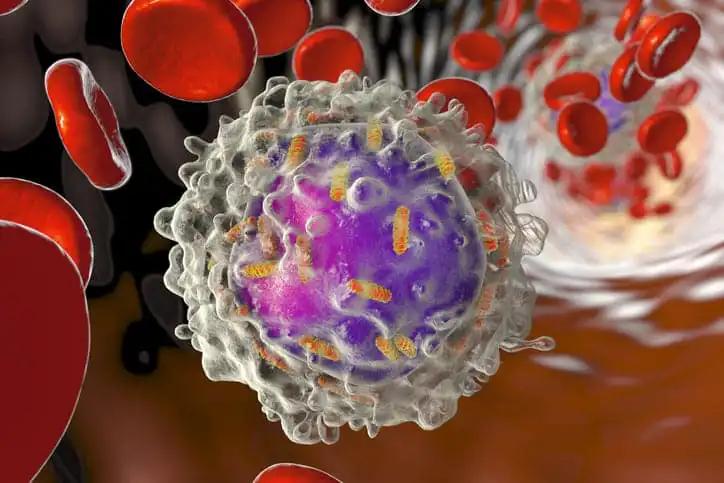KEY TAKEAWAYS
- The study aimed to evaluate the expression of USF1 in patients with AML and determine its clinical and prognostic significance.
- The results showed that high USF1 expression was associated with poor prognosis and reduced survival in patients with AML.
Acute myeloid leukaemia (AML) is a heterogeneous haematologic malignancy with varying prognoses. Identifying reliable prognostic markers is crucial for effective risk stratification and treatment optimisation. This study focuses on Upstream Stimulator Factor 1 (USF1), a transcription factor implicated in cell cycle regulation and proliferation.
Yuan Yuan and the team aimed to assess USF1 expression in AML and investigate its correlation with clinicopathological features and prognosis.
The study involved 60 newly diagnosed patients with AML (observation group) and 20 healthy individuals (control group). Bone marrow samples were collected from all participants. Real-time quantitative PCR (qRT-PCR) was employed to measure USF1 expression levels.
The relationship between USF1 expression and clinicopathological characteristics was analysed. Kaplan-Meier survival curves were generated to evaluate the impact of USF1 expression on overall survival (OS) in patients with AML. Cox regression analysis was conducted to identify independent prognostic factors for AML.
The results showed that a significant elevated USF1 expression in patients with AML compared to the control group (P< 0.001). Notably, the high USF1 expression group displayed significant differences in clinicopathological features compared to the control group (P< 0.01), while the low-expression group did not.
Furthermore, the high USF1 expression group exhibited significantly shorter OS compared to the low USF1 expression group (P< 0.0001). Multivariate analysis identified high USF1 expression and age ≥ 60 years as independent risk factors for poor prognosis in AML.
The study concluded that High USF1 expression was significantly associated with a worse prognosis and reduced survival time in patients with AML. These findings suggested that USF1 may serve as a potential prognostic indicator and a therapeutic target for AML.
No funding information was given.
Source: https://pubmed.ncbi.nlm.nih.gov/39257127/
Yuan Y, Tan YY, Zhang MM, et al. (2024). “The Expression and Clinical Significance of USF1 in Newly Diagnosed Acute Myeloid Leukemia.” Clin Lab. 2024;70(9):10.7754/Clin.Lab.2024.240419. doi:10.7754/Clin.Lab.2024.240419



